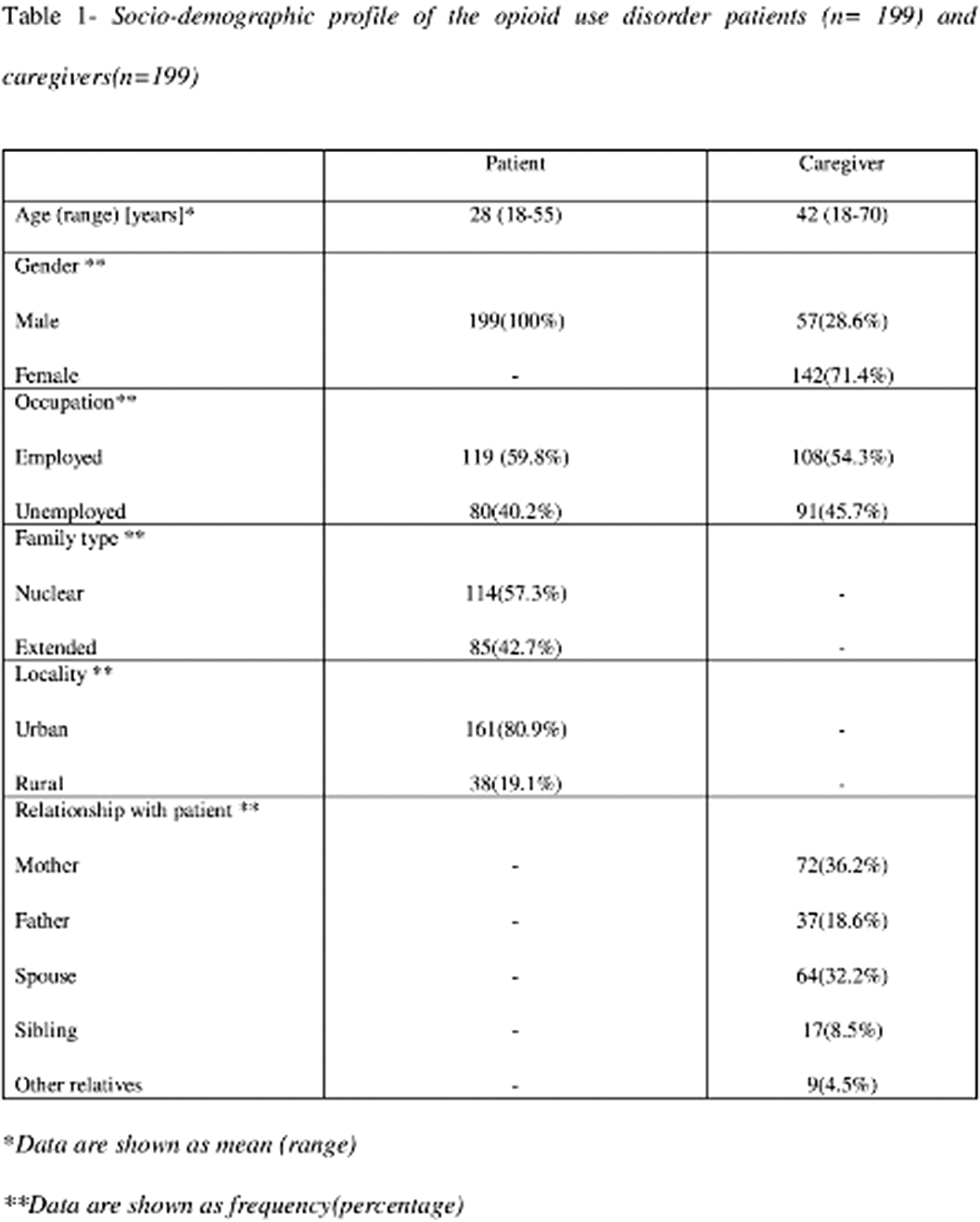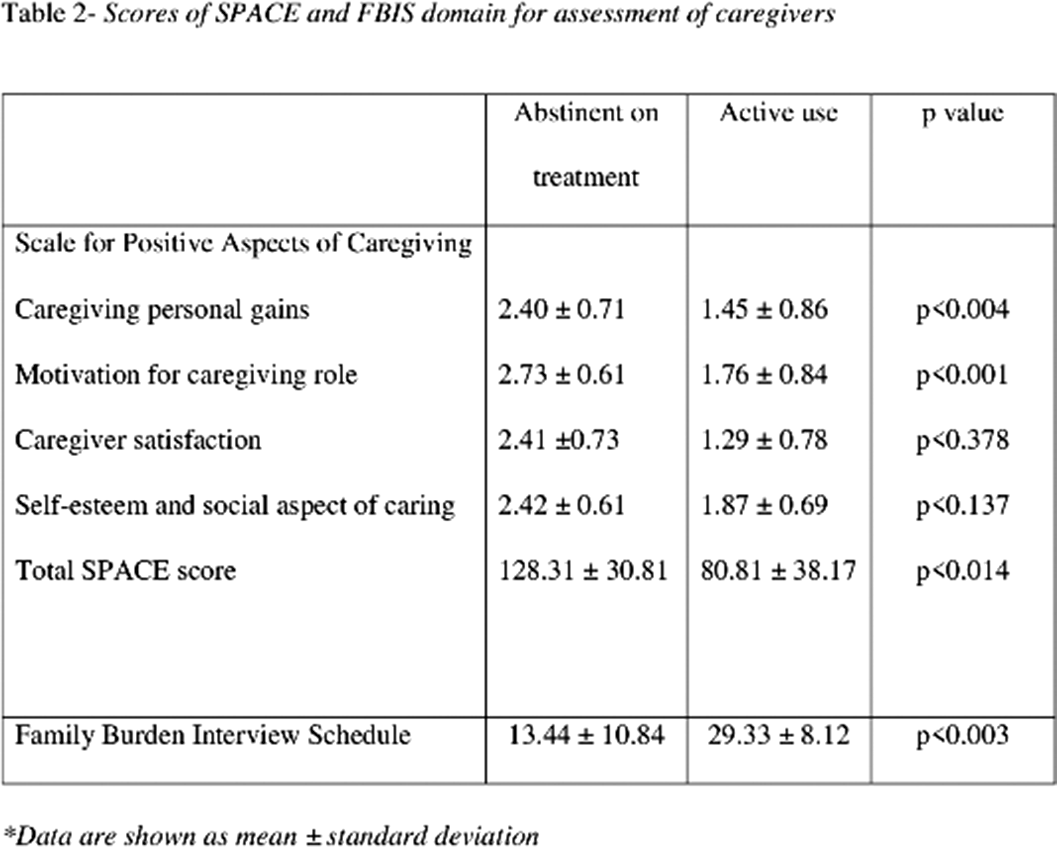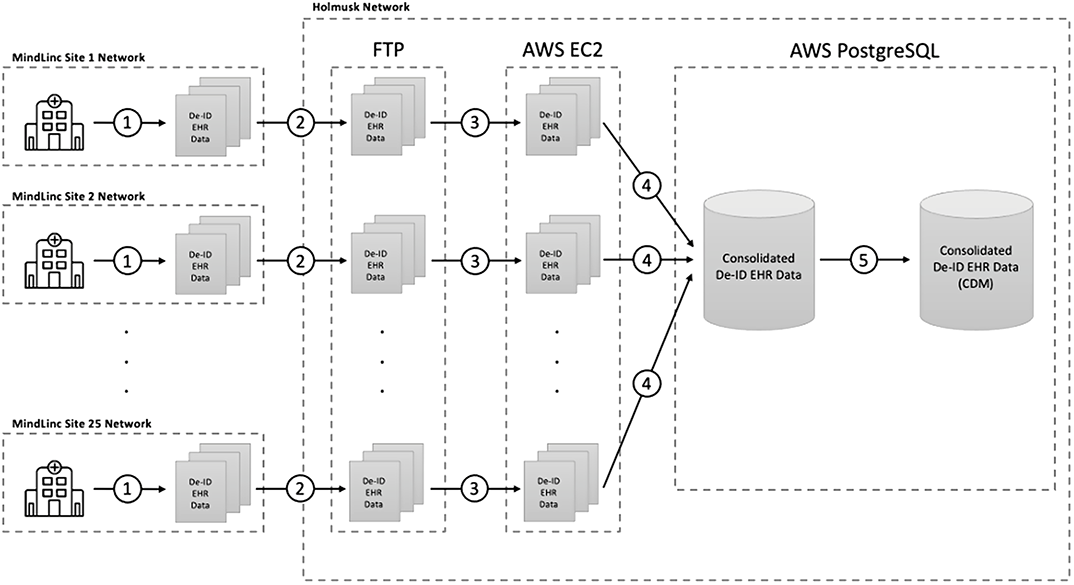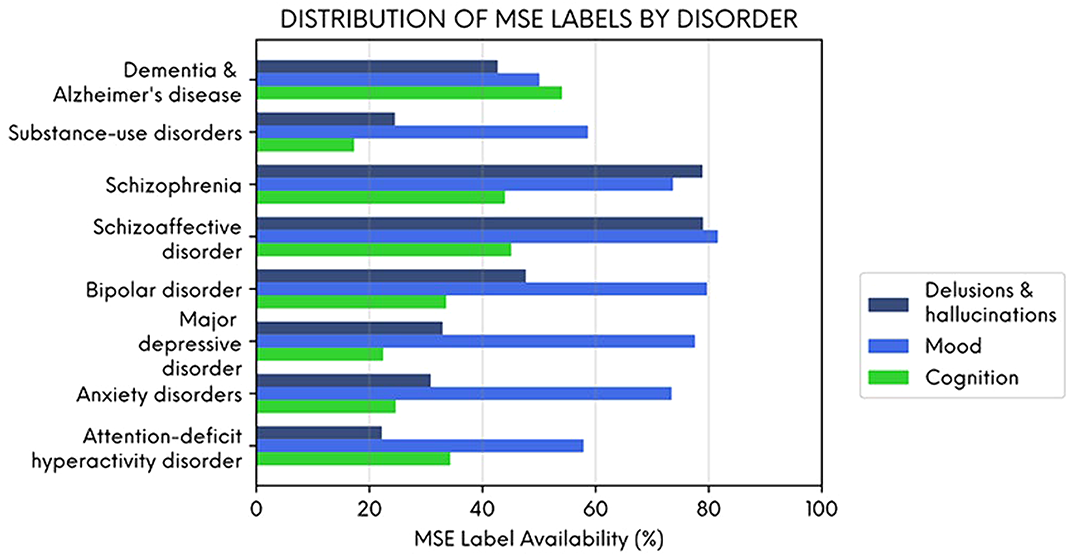118 results
Denture status is related to chewing difficulty and bite force, though not BMI in elderly Thai adults
-
- Journal:
- Proceedings of the Nutrition Society / Volume 82 / Issue OCE5 / 2023
- Published online by Cambridge University Press:
- 08 January 2024, E374
-
- Article
-
- You have access
- HTML
- Export citation
Role of substance use status in determining how caregivers of patients with opioid use disorders perceive positive aspects of caregiving and burden
-
- Journal:
- European Psychiatry / Volume 66 / Issue S1 / March 2023
- Published online by Cambridge University Press:
- 19 July 2023, pp. S567-S568
-
- Article
-
- You have access
- Open access
- Export citation
Disk wakes in nonlinear stratification
-
- Journal:
- Journal of Fluid Mechanics / Volume 956 / 10 February 2023
- Published online by Cambridge University Press:
- 30 January 2023, A5
-
- Article
-
- You have access
- Open access
- HTML
- Export citation
Chapter 3 - Going Beyond ‘Good Enough’ Teaching in Psychiatric Training
- from Section 1 - Teaching and Preparation
-
-
- Book:
- Clinical Topics in Teaching Psychiatry
- Published online:
- 24 November 2022
- Print publication:
- 08 December 2022, pp 29-40
-
- Chapter
- Export citation
Examples of multiparameter CCR flows with non-trivial index
- Part of
-
- Journal:
- Proceedings of the Edinburgh Mathematical Society / Volume 65 / Issue 3 / August 2022
- Published online by Cambridge University Press:
- 27 September 2022, pp. 799-832
-
- Article
- Export citation
NeuroBlu: a natural language processing (NLP) electronic health record (EHR) data analytic tool to generate real-world evidence in mental healthcare
-
- Journal:
- European Psychiatry / Volume 65 / Issue S1 / June 2022
- Published online by Cambridge University Press:
- 01 September 2022, pp. S99-S100
-
- Article
-
- You have access
- Open access
- Export citation
Decreased mortality in coronavirus disease 2019 associated mucormycosis with aspirin use: a retrospective cohort study
-
- Journal:
- The Journal of Laryngology & Otology / Volume 136 / Issue 12 / December 2022
- Published online by Cambridge University Press:
- 14 June 2022, pp. 1309-1313
- Print publication:
- December 2022
-
- Article
- Export citation
Cognitive and physical perceived stress traits associated with lactose intolerance displayed within the Black, Asian and minority ethnic UK population
-
- Journal:
- Proceedings of the Nutrition Society / Volume 81 / Issue OCE1 / 2022
- Published online by Cambridge University Press:
- 08 February 2022, E14
-
- Article
-
- You have access
- HTML
- Export citation
High-Reynolds-number wake of a slender body
-
- Journal:
- Journal of Fluid Mechanics / Volume 918 / 10 July 2021
- Published online by Cambridge University Press:
- 11 May 2021, A30
-
- Article
-
- You have access
- Open access
- HTML
- Export citation
Online open-book examination of undergraduate medical students – a pilot study of a novel assessment method used during the coronavirus disease 2019 pandemic
- Part of
-
- Journal:
- The Journal of Laryngology & Otology / Volume 135 / Issue 4 / April 2021
- Published online by Cambridge University Press:
- 08 January 2021, pp. 288-292
- Print publication:
- April 2021
-
- Article
-
- You have access
- Open access
- HTML
- Export citation
Direct numerical simulation of stratified Ekman layers over a periodic rough surface
-
- Journal:
- Journal of Fluid Mechanics / Volume 902 / 10 November 2020
- Published online by Cambridge University Press:
- 10 September 2020, A25
-
- Article
-
- You have access
- Open access
- HTML
- Export citation
Phase noise performance stabilization of PLL system under dynamic vibration condition for airborne applications
-
- Journal:
- International Journal of Microwave and Wireless Technologies / Volume 13 / Issue 4 / May 2021
- Published online by Cambridge University Press:
- 30 July 2020, pp. 335-343
-
- Article
- Export citation
Survey and analysis of knowledge, attitude and practice among otolaryngologists in a state in eastern India in relation to the coronavirus disease 2019 pandemic
- Part of
-
- Journal:
- The Journal of Laryngology & Otology / Volume 134 / Issue 8 / August 2020
- Published online by Cambridge University Press:
- 29 July 2020, pp. 696-702
- Print publication:
- August 2020
-
- Article
-
- You have access
- Open access
- HTML
- Export citation
Leukopenia in clozapine treated patients may be induced by other drugs: a case series
-
- Journal:
- European Psychiatry / Volume 19 / Issue 8 / December 2004
- Published online by Cambridge University Press:
- 16 April 2020, pp. 506-509
-
- Article
- Export citation
P02 - 361 White matter microstructural abnormalities in antisocial personality disorder: A pilot diffusion tensor imaging study
-
- Journal:
- European Psychiatry / Volume 26 / Issue S2 / March 2011
- Published online by Cambridge University Press:
- 16 April 2020, p. 957
-
- Article
-
- You have access
- Export citation
P02-270 “Education, education, education-” adult liaison psychiatry (consultation-liaison): Can service development fulfil educational needs?
-
- Journal:
- European Psychiatry / Volume 26 / Issue S2 / March 2011
- Published online by Cambridge University Press:
- 16 April 2020, p. 866
-
- Article
-
- You have access
- Export citation
Ethical Problem in Psychiatry Practice of Developing Country
-
- Journal:
- European Psychiatry / Volume 30 / Issue S1 / March 2015
- Published online by Cambridge University Press:
- 15 April 2020, p. 1
-
- Article
-
- You have access
- Export citation
Clinical and neuropsychological aspects of non-fatal self-harm in schizophrenia
-
- Journal:
- European Psychiatry / Volume 28 / Issue 6 / August 2013
- Published online by Cambridge University Press:
- 15 April 2020, pp. 344-348
-
- Article
- Export citation
Collision-less shocks and solitons in dense laser-produced Fermi plasma
-
- Journal:
- Laser and Particle Beams / Volume 38 / Issue 1 / March 2020
- Published online by Cambridge University Press:
- 20 January 2020, pp. 25-38
-
- Article
- Export citation



























